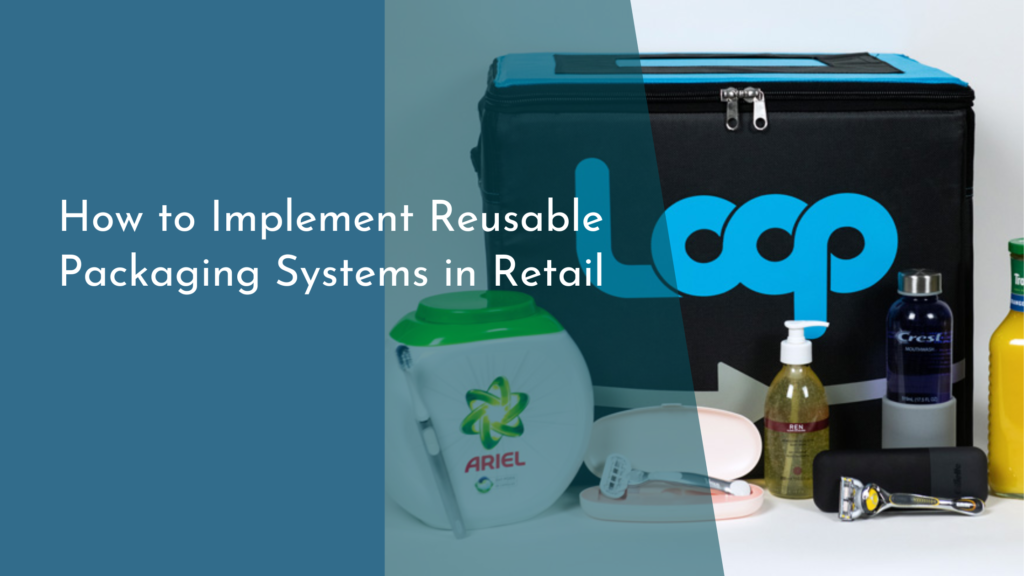How to Build Your Own Compost Bin
Composting is an excellent way to reduce household waste while enriching your garden with nutrient-rich soil. By building your own compost bin, you can turn kitchen scraps and yard waste into valuable compost, closing the loop on waste and supporting a more sustainable lifestyle. Whether you have a sprawling backyard or a small urban garden, creating a compost bin is a rewarding project that can be tailored to fit any space. This guide will walk you through the benefits of composting, how to select the perfect spot for your bin, and the steps to construct your own compost bin from start to finish.
Understanding the Benefits of Composting
Composting transforms organic waste into a rich soil amendment known as humus, which is packed with nutrients beneficial for plant growth. By composting, you can reduce the amount of waste that ends up in landfills, thereby lowering methane emissions and minimizing your carbon footprint. Composting also promotes healthier soil by improving its structure, increasing its ability to retain moisture, and providing a habitat for beneficial microorganisms. These factors combined make your garden more resilient, reducing the need for chemical fertilizers and pesticides, and leading to healthier plants and produce.
In addition to its environmental benefits, composting is a practical way to manage household waste. Rather than sending kitchen scraps, grass clippings, and leaves to the landfill, you can convert them into a resource that supports your garden’s ecosystem. This not only saves money on waste disposal and garden amendments but also fosters a deeper connection to nature and the food you grow. It’s a simple yet powerful step towards a more sustainable lifestyle.
Selecting the Perfect Spot for Your Compost Bin
Choosing the right location for your compost bin is crucial for maximizing its effectiveness and convenience. Ideally, the bin should be placed on bare soil to allow beneficial organisms, such as worms and microbes, to access the compost and aid the decomposition process. A partly shaded area is preferable to prevent the compost from drying out too quickly, although it should receive some sunlight to maintain warmth, which accelerates decomposition.
Accessibility is another key factor when selecting a location. Your compost bin should be easily reachable from your kitchen and garden to encourage regular use. Avoid placing it too close to your home or any communal areas to minimize any odors that might arise. Finally, consider how the bin will fit into your garden’s aesthetic, choosing a location that allows it to blend in or become a feature of your outdoor space.
Gathering Essential Materials and Tools
Before you start building your compost bin, gather all the materials and tools you’ll need to ensure a smooth construction process. Common materials for building a simple compost bin include wooden pallets, wire mesh, or recycled plastic barrels, depending on your preferred design and available resources. If you’re opting for a wooden bin, you’ll need untreated wood, as treated wood can leach harmful chemicals into the compost.
In terms of tools, a saw, drill, screws, and a hammer are typically necessary for assembling a wooden compost bin. A measuring tape and level will help ensure precise measurements and stability. If you’re using wire mesh, wire cutters and sturdy gloves are essential for safety. Gathering these materials and tools ahead of time will streamline construction and make the project more enjoyable.
Step-by-Step Guide to Building Your Bin
-
Designing Your Bin: Decide on the size and shape of your compost bin based on your available space and the volume of organic waste you generate. A bin that is approximately 3 feet wide by 3 feet tall is adequate for most households and allows for good aeration and heat buildup.
-
Constructing the Frame: For a simple wooden bin, start by cutting your wood to size and constructing a sturdy frame. Assemble three sides using nails or screws, leaving one side open or hinged for easy access. Ensure the frame is stable and level to prevent collapsing or tipping over.
-
Adding Walls and a Lid: Attach slats or wire mesh to the frame to create the bin’s walls, ensuring there are gaps for airflow. If desired, add a hinged lid or cover to help retain moisture and heat while keeping pests out. Make sure it’s easy to remove when you need to add material or turn the compost.
-
Positioning Your Bin: Move your completed bin to the chosen location, ensuring it’s level and stable on the ground. If you’re using a wooden bin, placing it directly on soil will facilitate natural drainage and access for decomposing organisms.
Congratulations! You’ve not only built a functional compost bin but also taken a significant step towards sustainable living. By turning waste into a resource, you contribute positively to the environment while enriching your garden with organic compost. With a little patience and regular maintenance, your compost bin will become an invaluable asset to your gardening efforts. Remember, composting is both an art and a science, so feel free to adjust your methods as you learn more about what works best for your space and needs. Happy composting!

